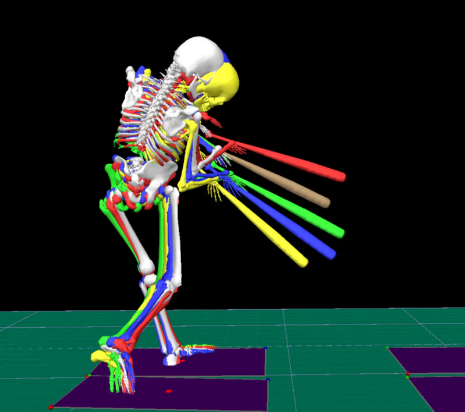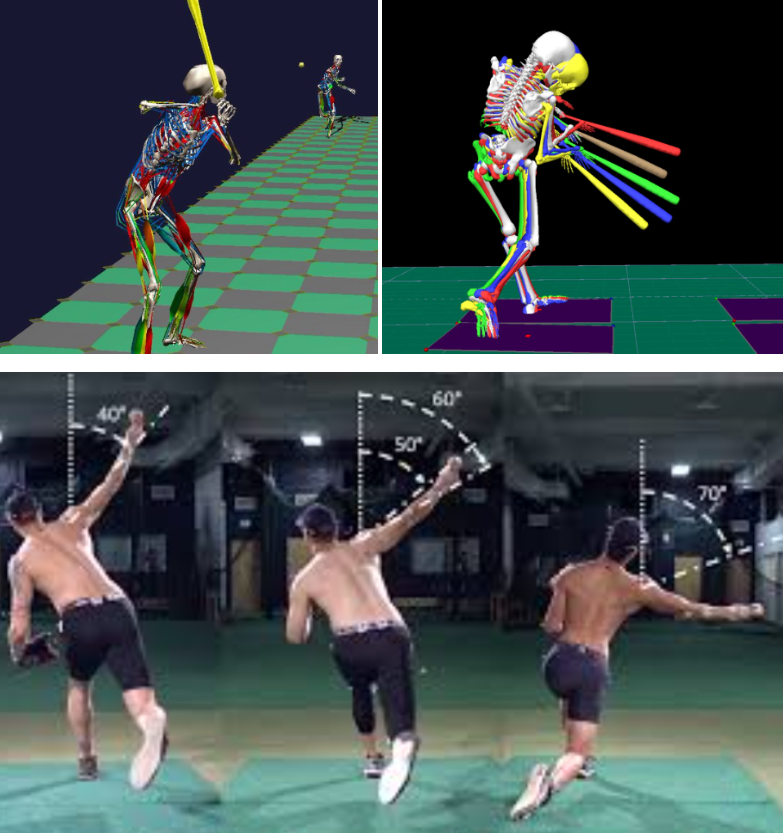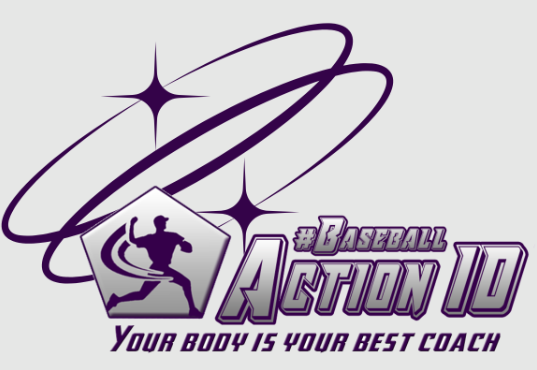Breaking the Biomechanics Myth: Embracing Unique Movement Styles in Athletes
Breaking Down Biomechanics: The Myth of Perfect Technique
For ages, experts have been searching for the best way to perform exercises or movements, especially focusing on biomechanics.
Coaches use these principles to teach athletes how to move effectively.
But here’s the thing: Is there such a thing as a perfect technique?

Just look at top athletes across different sports, and you’ll see a wide range of movement styles. None can be definitively labelled as more successful or superior to the others.
Biomechanics teaches us, for example, that a wheel covers more ground on its outer edge than closer to its centre in the same amount of time. This means there’s a higher speed on the outer edge. So, according to this principle, a baseball player should swing the bat further from their body to achieve a higher bat speed.
“Bat speed is crucial in our sport,” you might argue.
But what good is the biomechanical rule if it doesn’t quite fit your style and you feel uncomfortable with it? Look at Mike Trout and Aaron Judge, two top hitters in baseball today. They’re perfect examples. Judge thrives on well-coordinated movements and swinging the bat further from his body, while Trout prefers hitting closer to his body with smoother movements.
In short, two players with different movement styles can still achieve greatness in individual techniques development and movement strategies.
Aside from the debate of closer versus farther from the body, personal differences also play a significant role in various aspects such as:
– Forward-backward movement
– Left-right movement
– Low-high movement
For example, think about the differences in starting positions among infielders. One might start from a lower position while another starts from a higher one, aiming to arrive at a similar moment when the hitter connects with the ball.
As a coach, instructor, or player development staff, it can be challenging when things don’t go as you envisioned for your players. What works for you, or one player, might not work for another.
That’s why Motor Preferences are so important. They highlight the unique way each person moves, either consciously or unconsciously, aiming to be as effective and efficient as possible while using the least amount of energy.
These movements are shaped by the individual’s nature, life experiences, and their interactions with the environment.
It’s time to evolve how we approach player development, focusing not just on biomechanics, but on the internal processes that drive movement.
Let’s move beyond outdated standards and help athletes unlock their true potential by honouring their individuality!

